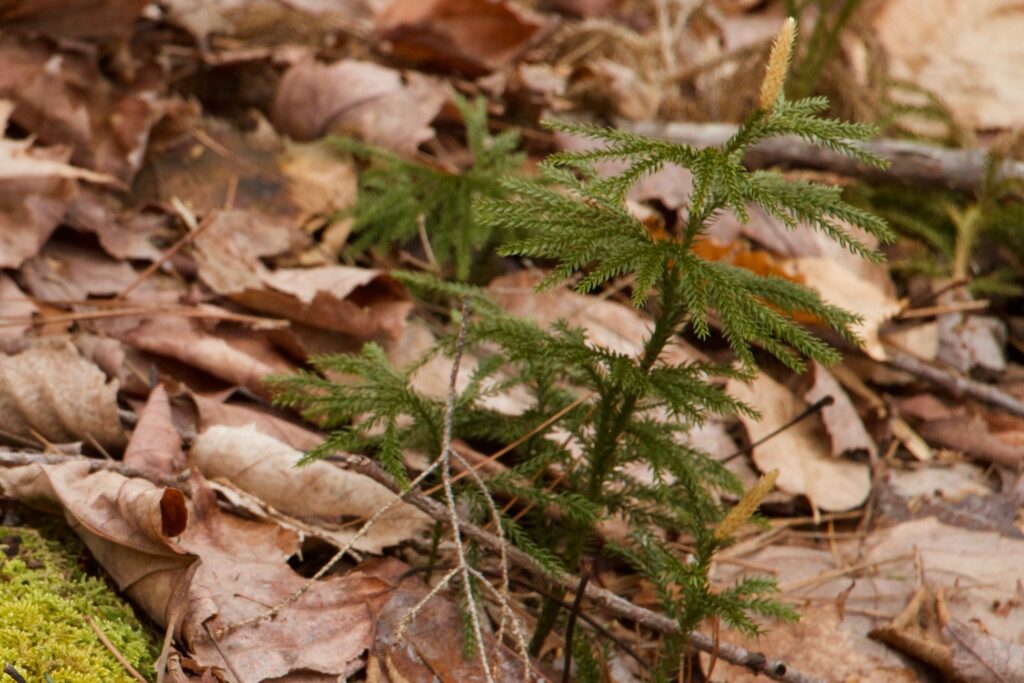By Jessica Johnsrud, assistant director and education coordinator
I have said this before, but it bears repeating: one of the best parts of my job is spending time with children. I feel so lucky to be able to teach them about nature and introduce them to the beauty that is right here in their backyard.

We recently finished up the maple syrup and forest ecology field trip, which runs in March. This program is for third and fourth graders, though some other grades may also attend. Half of the field trip involves a hike on one of the trails, and the kids are given a challenge to look for different components of the forest. They each receive a card with a photo of what to look for. Once they see a good example of what they are looking for, they read a clue to their peers and let them guess what it is. The kids enjoy teaching each other, and it gives them a sense of ownership in their learning experience. It also stirs up some funny comments from the group.
After learning about the white pine and how to identify it using a mature tree as the example, a third grader pointed to a much smaller one nearby and confidently said, “That one must be a teenager.”
Part of the white pine lesson also includes a discussion about the importance of this tree during Wisconsin’s lumber era. We show the students some historical photos, including one of a logging crew with about a dozen lumberjacks. One boy inquisitively asked, “I wonder why they were called lumberjacks?” A slightly annoyed girl student (complete with an eyeroll) replied, “Probably because their name was Jack, and they worked with lumber.”
Clubmoss is another part of the forest students look for. This is a short, evergreen-like plant that forms carpets on the forest floor. Kennedy pointed out that the specific kind of clubmoss they were looking at was the princess pine. A boy in the group asked (very sincerely), “Is it called princess pine because it has a little yellow crown?” He was referring to the yellow tips on the plant called strobili, which is where the spores are formed.
As they were walking to the Field Station, one student asked Kennedy, “So you just work in the woods all day where there are bears?” Kennedy explained that we have only seen a bear once in the preserve and it is unlikely that one lives here.
A group of students from one of the rural schools was reminded to be careful when walking in the woods because of tree roots and muddy areas. A student replied, “We are country kids. We know how to be careful in the woods!”
Spending hours of my day with children reminds me to stay curious and to try to look at the world with fresh eyes. I also get a few good-natured laughs. I hope these fun comments made you smile.
Photo of club moss by Nancy Nabak
